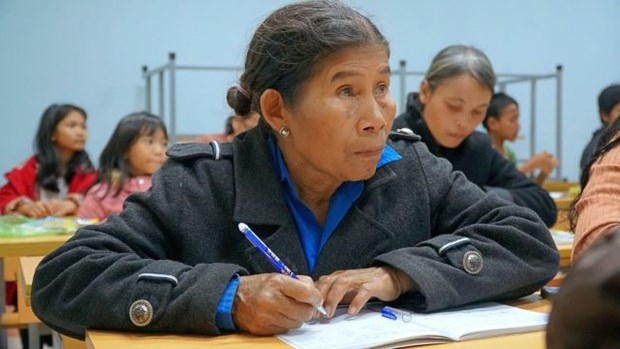Vietnam successful in reducing multidimensional poverty: UNDP
Vietnam is one of 25 countries that have reduced their MPI (Multidimensional Poverty Index) by 50%, according to a recent report published by the United Nations Development Programme (UNDP) and the Oxford Poverty and Human Development Initiative (OPHI).

According to the report, Vietnam still has 1.9% of its population under multidimensional poverty.
Multidimensional poverty is defined as a way to reveal real poverty, rather than just by measuring income. Indicators such as a lack of access to necessities like medical facilities, education, and food are accounted for.
The MPI, a product of UNDP and OPHI, is measured on a scale of 0 to 10, with 10 being countries which have the highest multidimensional poverty.
Vietnam's figures in the index are updated until the period of 2020/2021. About 1.8 million people are at the level of multidimensional poverty, while 3.3 million people are at the poverty level.
Cambodia, China, the Congo, Honduras, India, Indonesia, Morocco and Serbia are other countries highlighted for having successfully reduced multidimensional poverty.
The Ministry of Labour, Invalids and Social Affairs stated that, from 2016 through 2020, Vietnam has been tackling poverty in a new way, dealing with the trend of multidimensional poverty as most countries do.
According to MOLISA, this method makes a bigger impact, but it also presents new challenges that Vietnam must face.
The report also stated that 3.5% of Vietnam's population is currently vulnerable to multidimensional poverty, while deprivation of educational access is the number one contributing factor to multidimensional poverty, at 40.7%.
